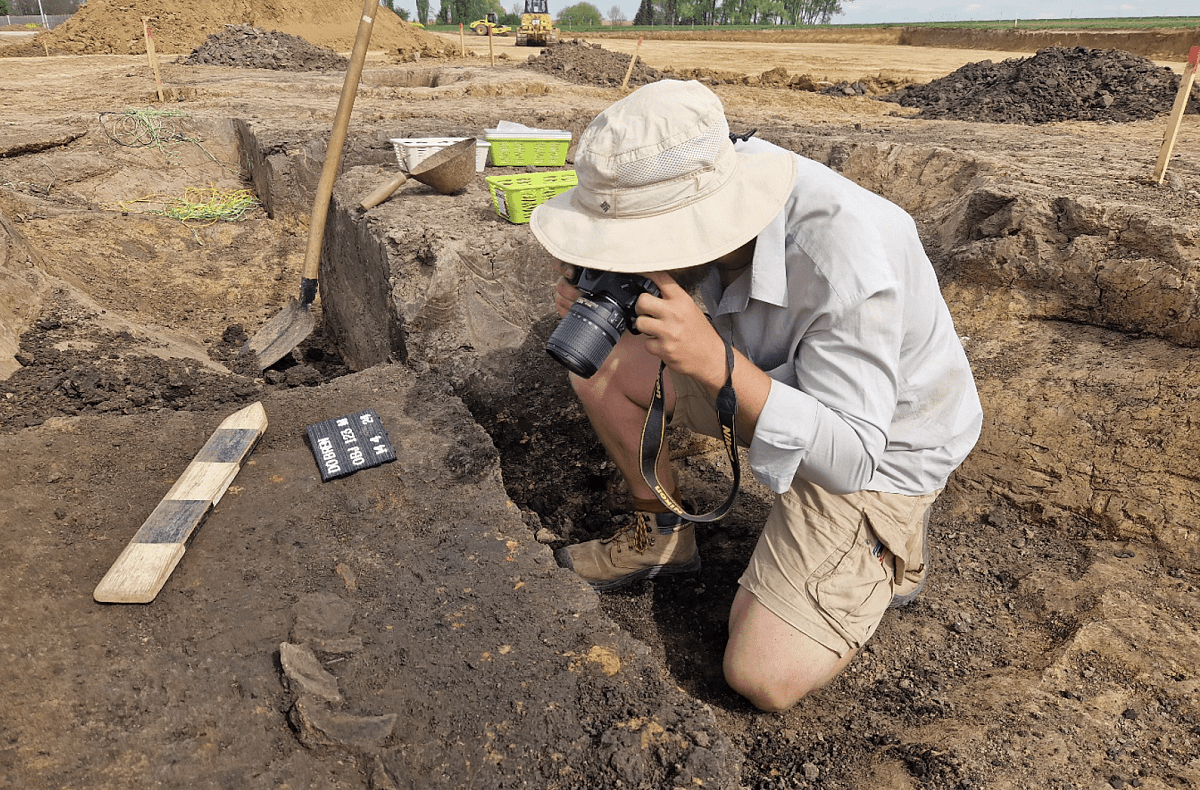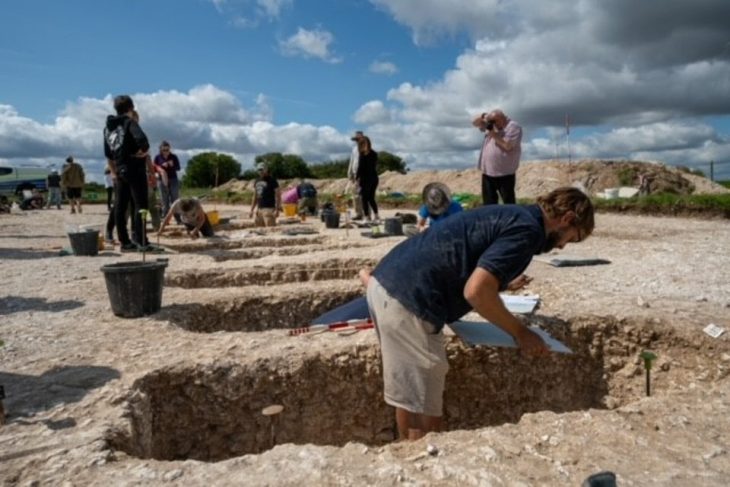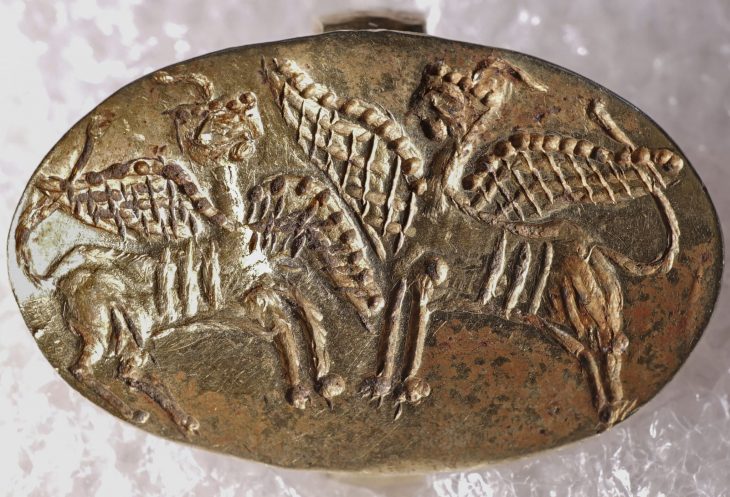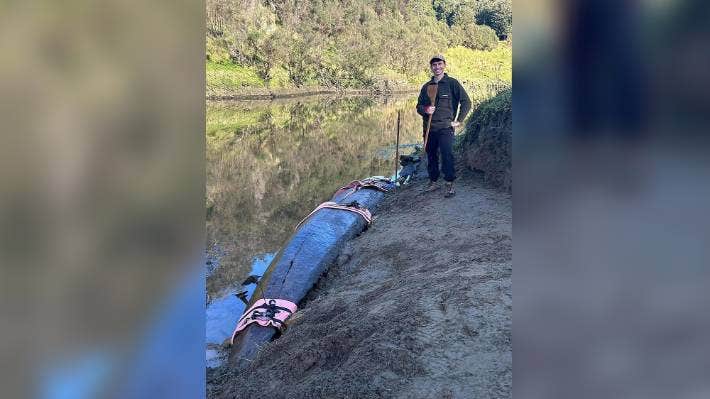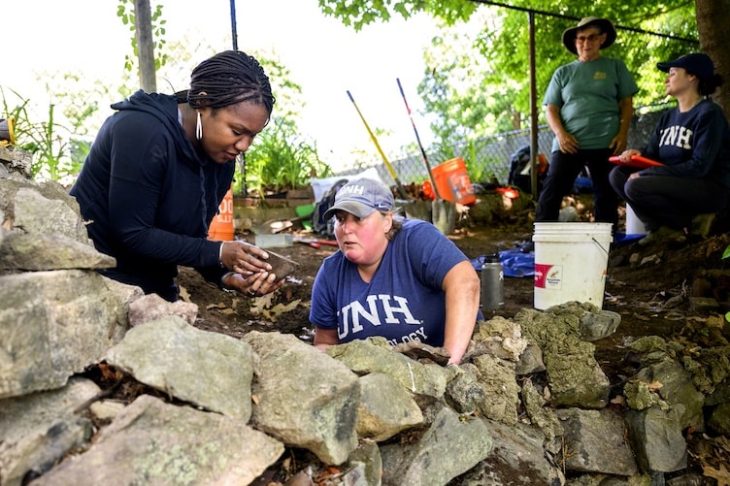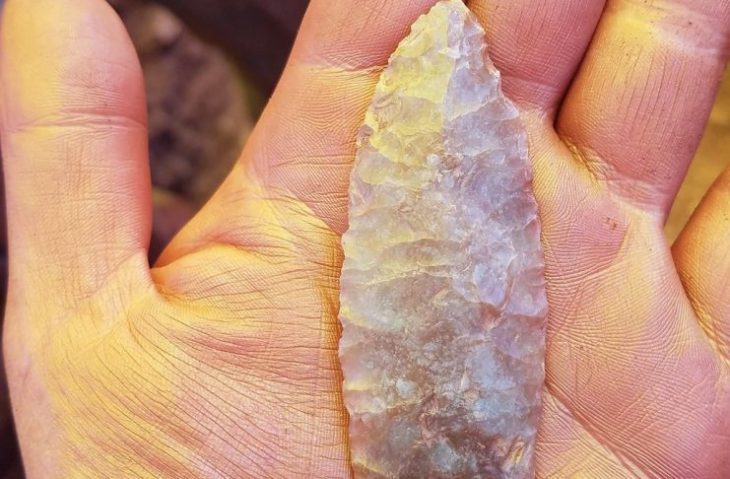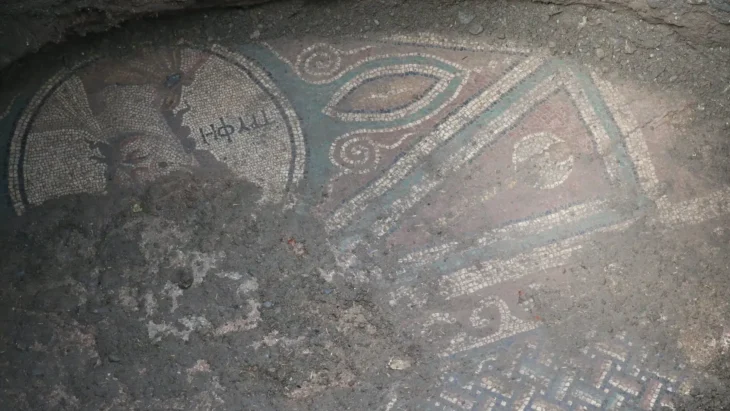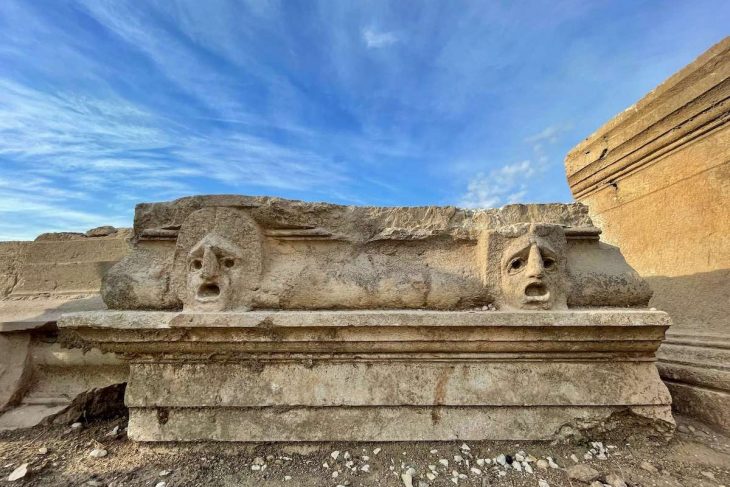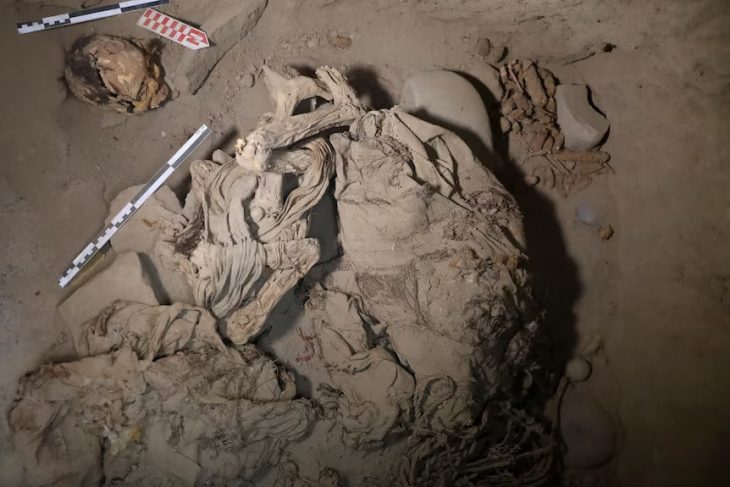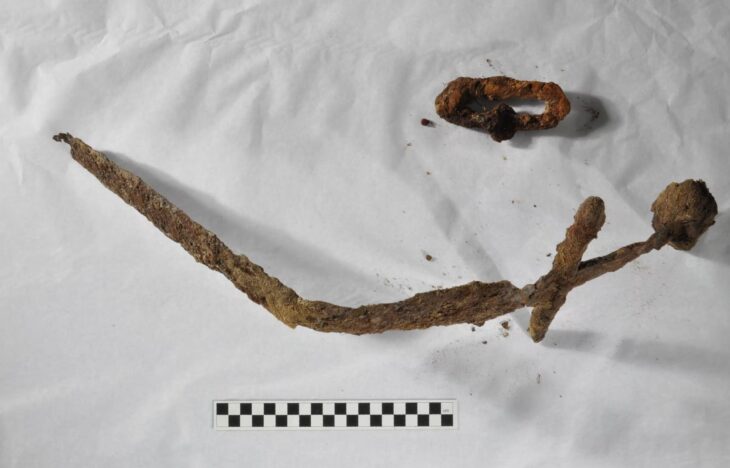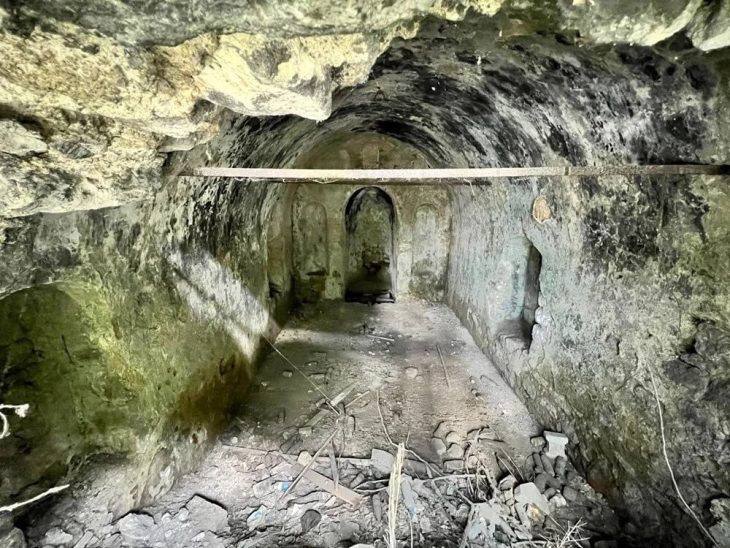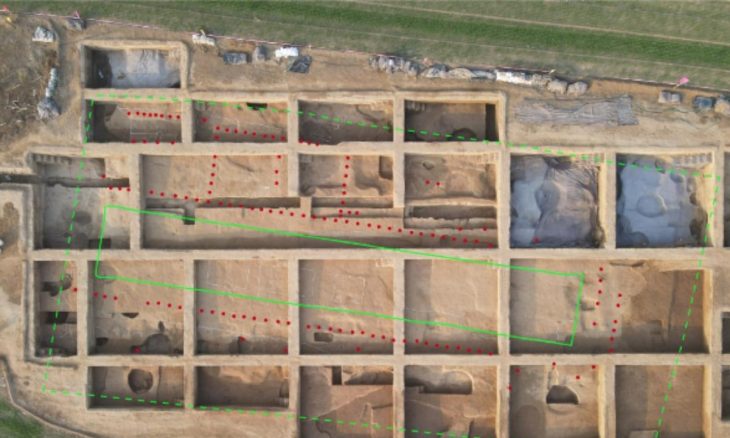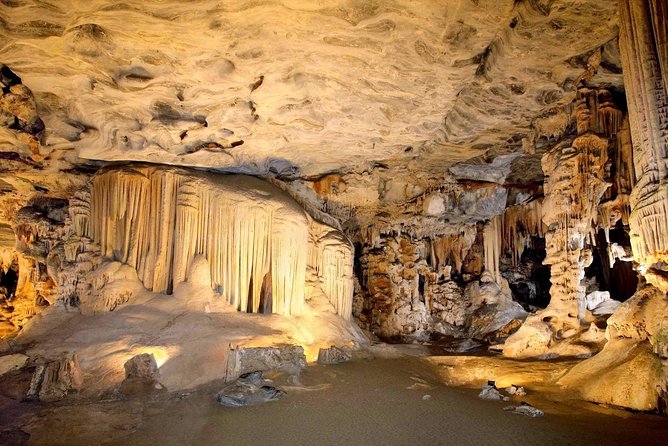Archaeologists have discovered a Neolithic settlement of about 7,000 years old near Kutná Hora, east of Prague in the Czech Republic.
It is unique in that no other settlements were built on its site in the following millennia, and it has been exceptionally well-preserved, including the floor plans of four long houses.
The life of the first Neolithic inhabitants was not simple and was closely linked to nature. They provided food by growing, raising livestock, but also by gathering or hunting. Although working in the fields without a plough and using only wooden tools seems almost unimaginable from today’s perspective, these communities were successful – within a few centuries, they spread across most of Europe, superseding the original hunters and gatherers.
Prehistoric people settled in Dobren near Kutná Hora at the very edge of the area with sufficiently fertile soil and suitable climate for prehistoric agriculture.
Daniel Pilař, from the Institute of Archeology of the Czech Republic Academy of Sciences, who researched the site, made a statement to Radio Prague: “This site was discovered early this spring as part of rescue excavations. We usually supervised construction work in our district and one day, in the middle of construction, we were surprised to find relics of a settlement that is not typical for this region. “When we saw the house plans, we immediately knew we were dealing with a Neolithic settlement,” he said.
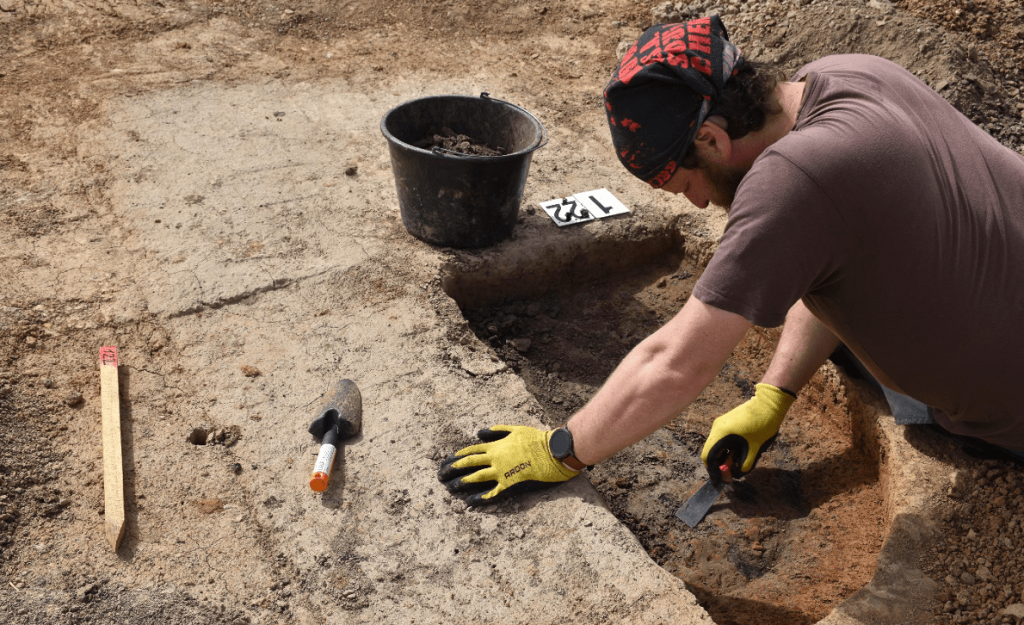
The hitherto unknown settlement from the Early Stone Age was built more than 7,000 years ago by communities of the oldest farmers who came to the Czech territory from South-Eastern Europe. Archaeologists found floor plans of four long houses – typical buildings of their time. Although the houses as such have not survived to this day, it is possible to find pits after their columns during research.
“The houses used to be between 4 and 6 m wide and between 10 and 40 m long. The houses themselves are not preserved because they were built from wood. The columns are built most densely in the outer rows that formed the walls of the house. In them, the columns sometimes stood right next to each other. However, their inner rows have larger distances between them – usually more than a meter – so it was possible to move between them without any problems,” explains Daniel Pilař.
In addition to the houses, the researchers found many pits. These pits were used for the extraction of clay that was used for the construction of houses.
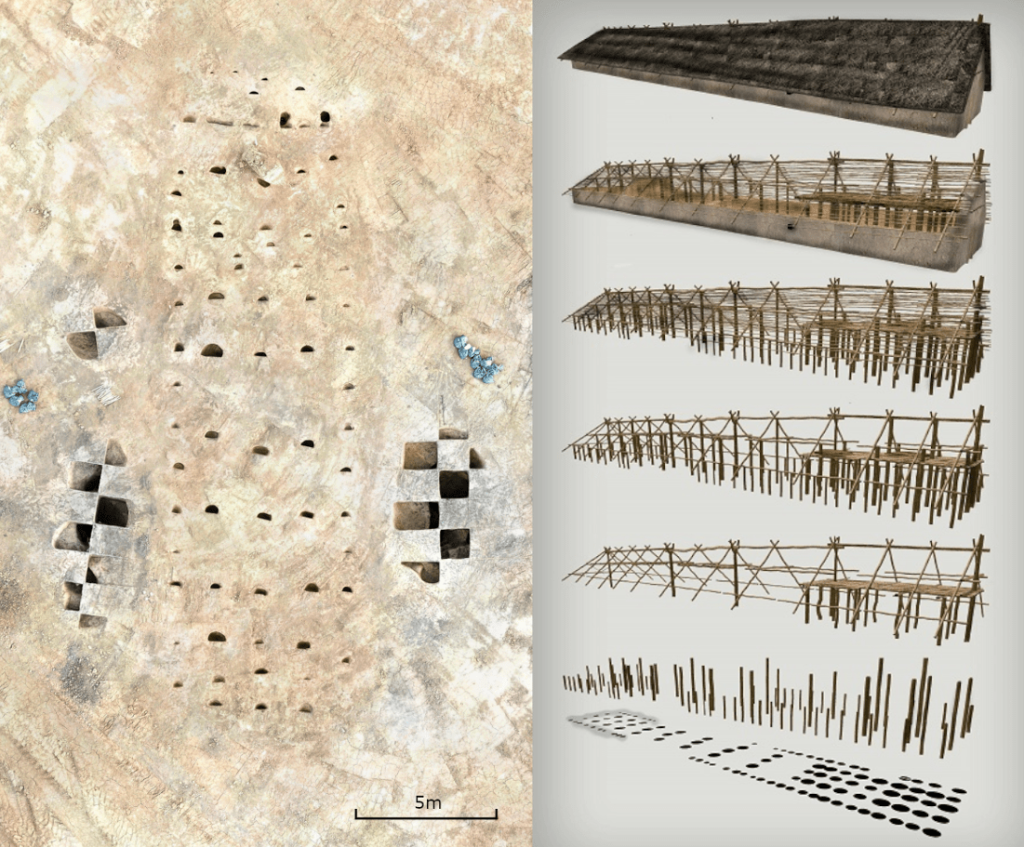
Experts found mostly pottery in the pits – it was used every day for cooking, serving, and even storage. Moreover, they were consumer goods, and when they broke, people easily replaced them with new ones. Occasionally, used tools – flint blades, sharpened axes and stone grinders – also ended up in the pits.
“This waste is very important for us because it offers a perfect insight into the everyday life of the Neolithic people,” said Pilař.
In the coming months and years, experts will be working on processing the data they have collected in the field, for example, by means of radiocarbon and luminescence dating, phytolith analysis, analysis of prehistoric trees, as well as tool marks and plant genetics research. This will involve a broad team of experts from different disciplines.

